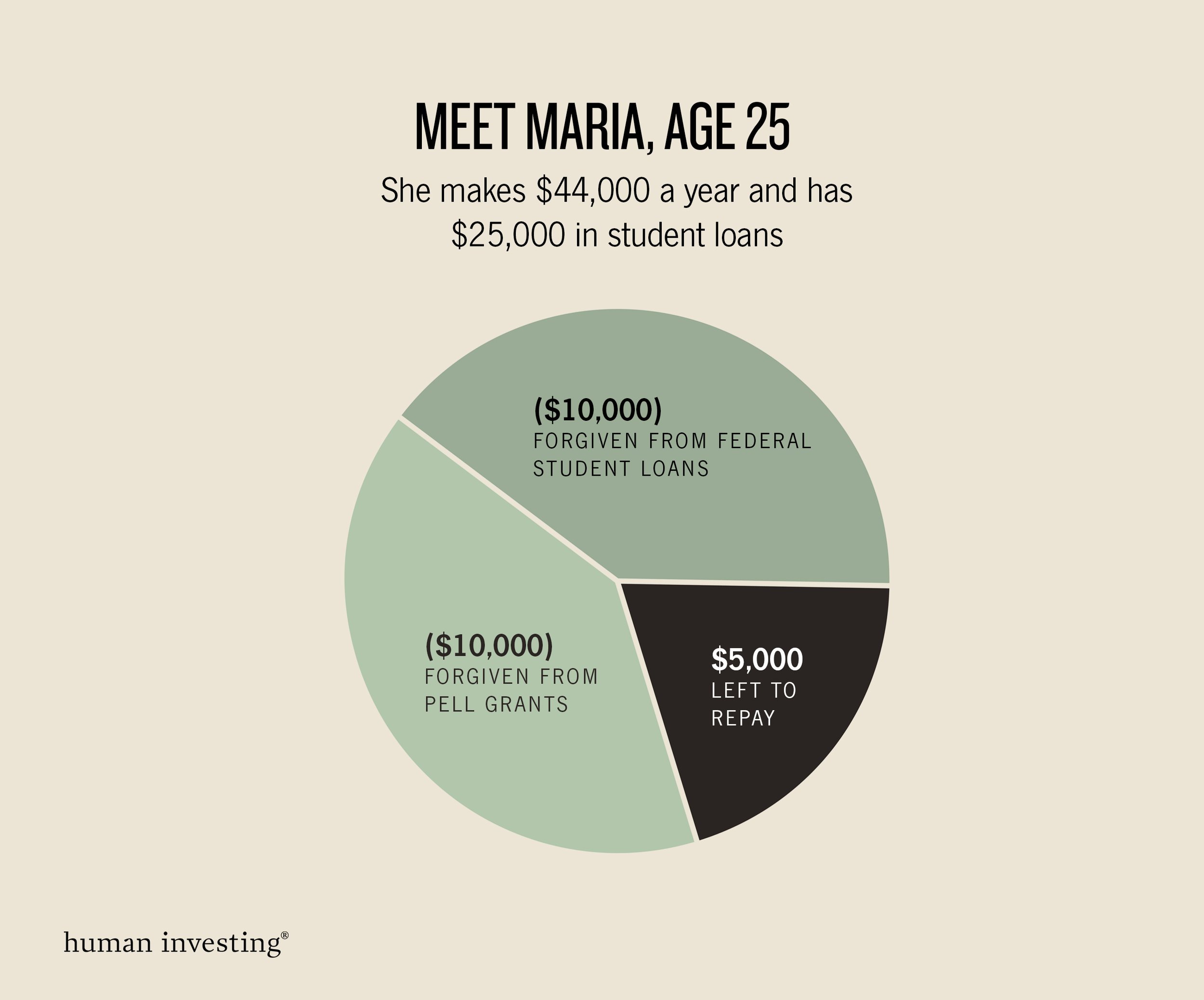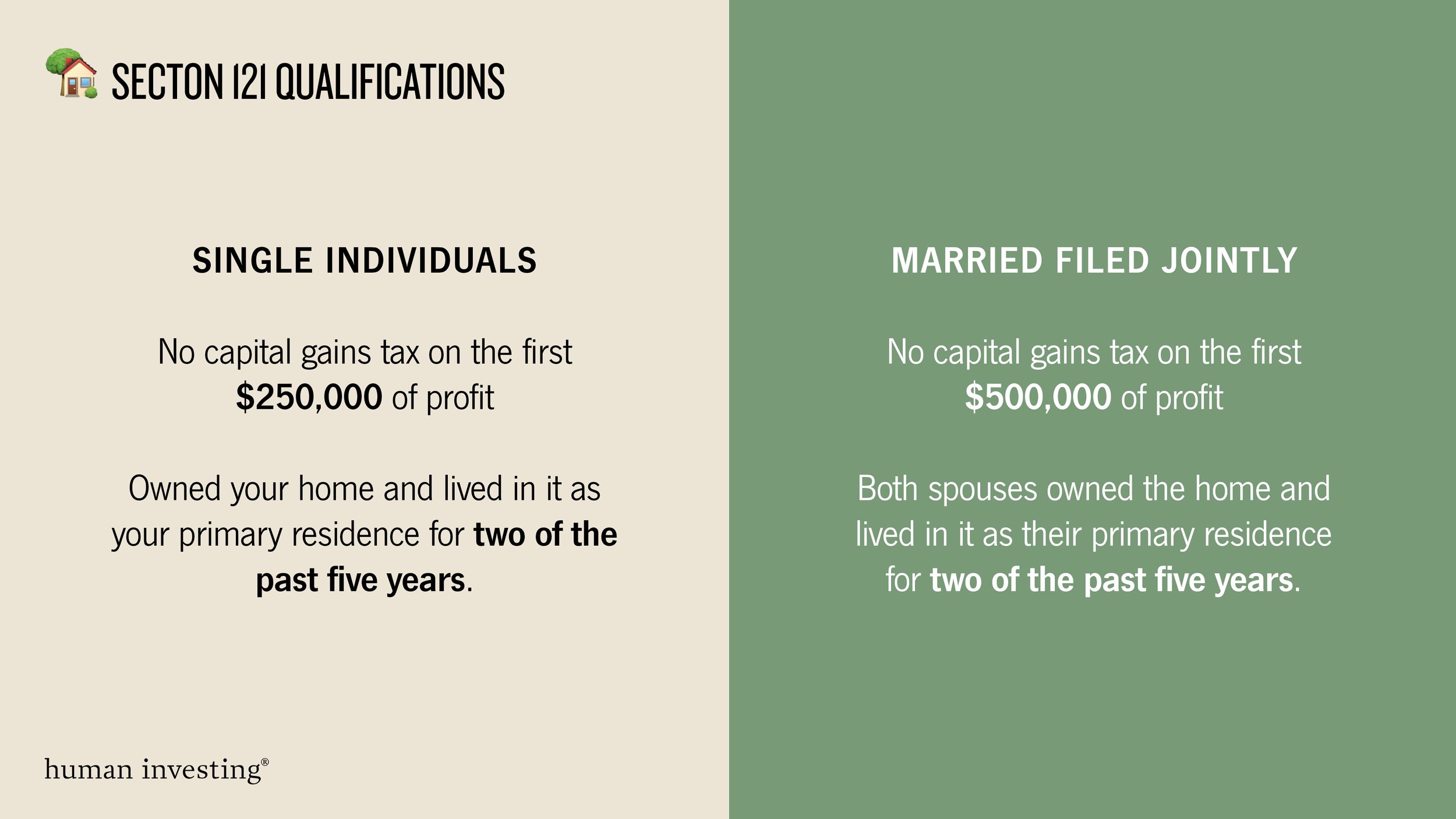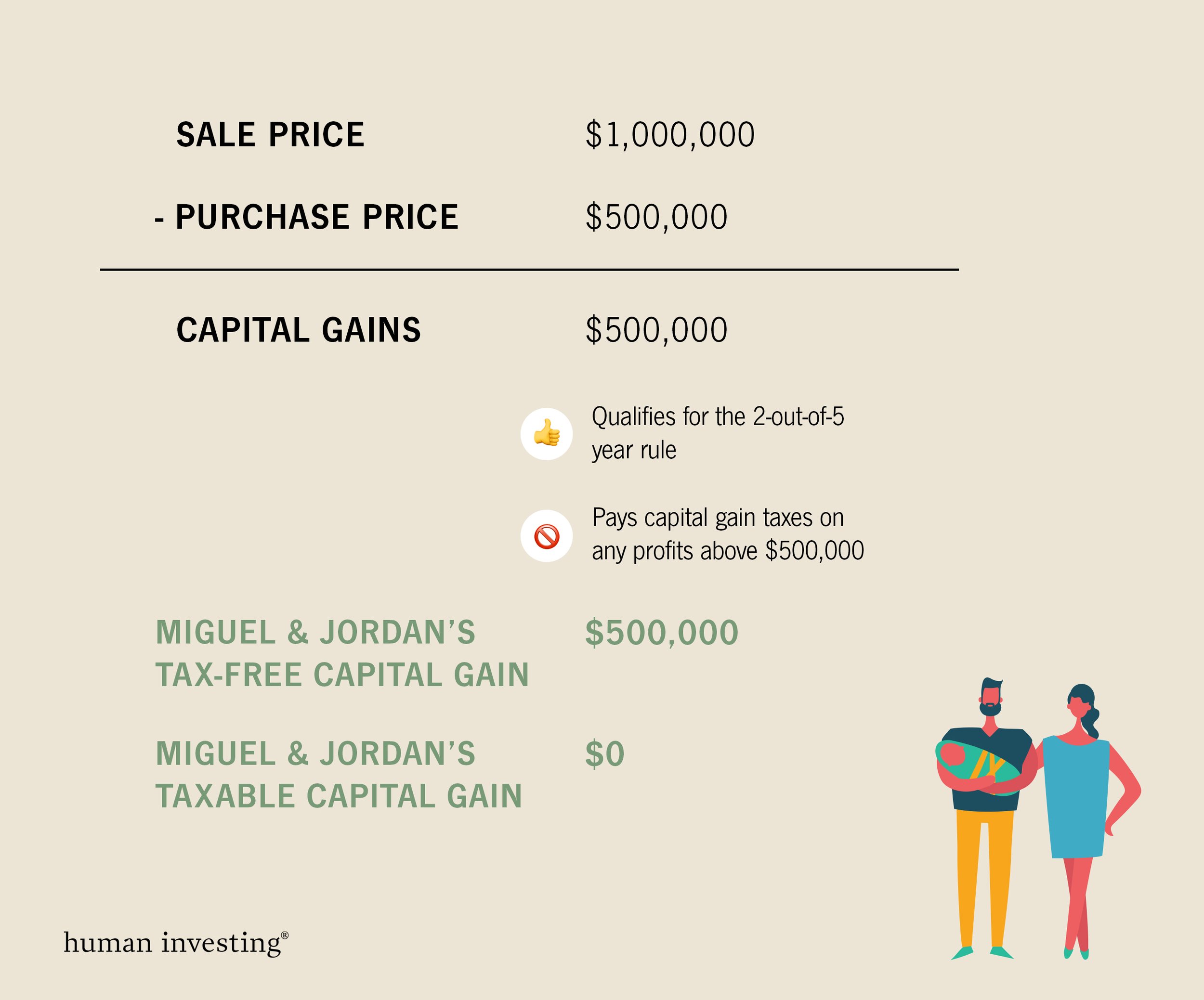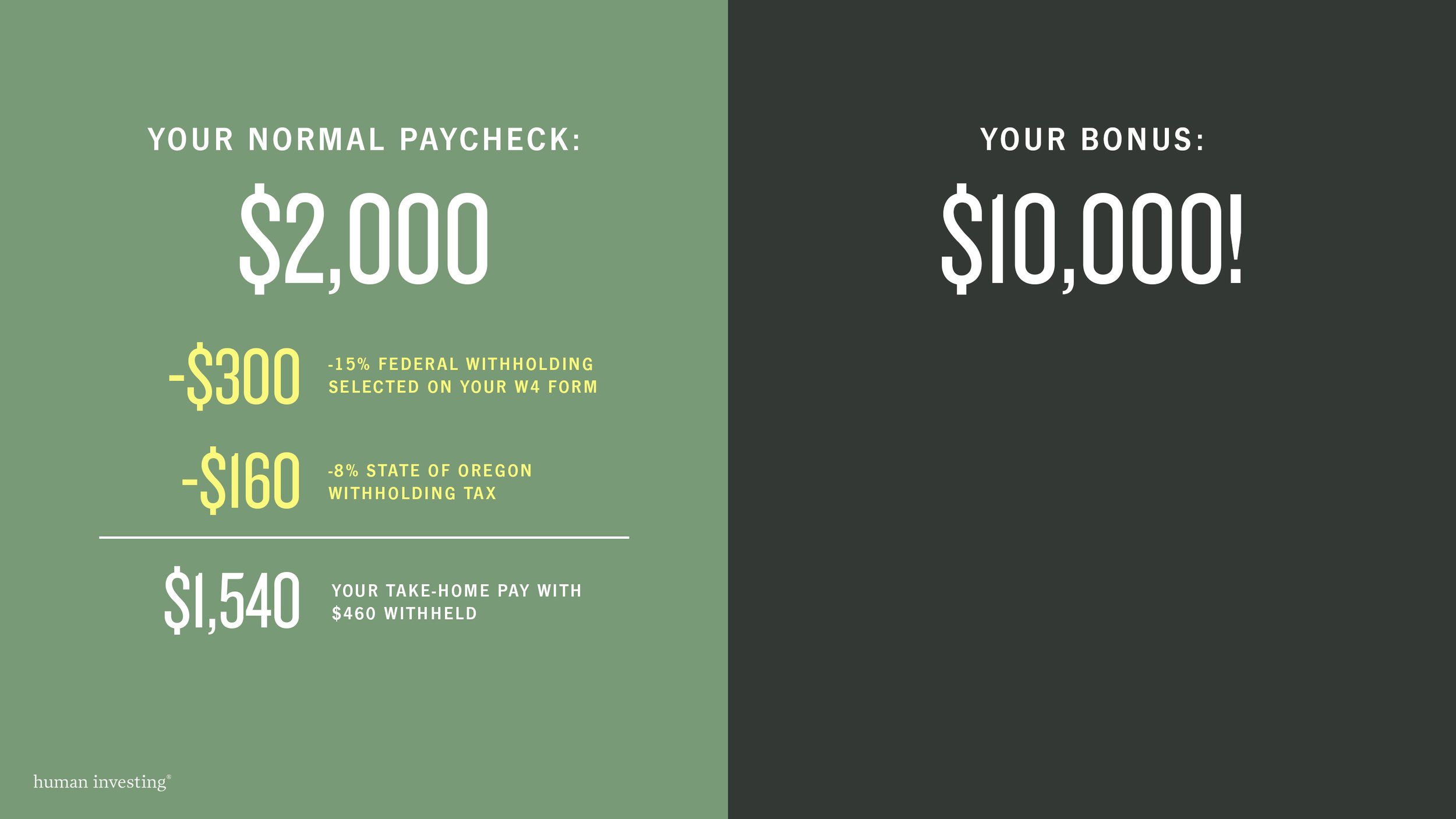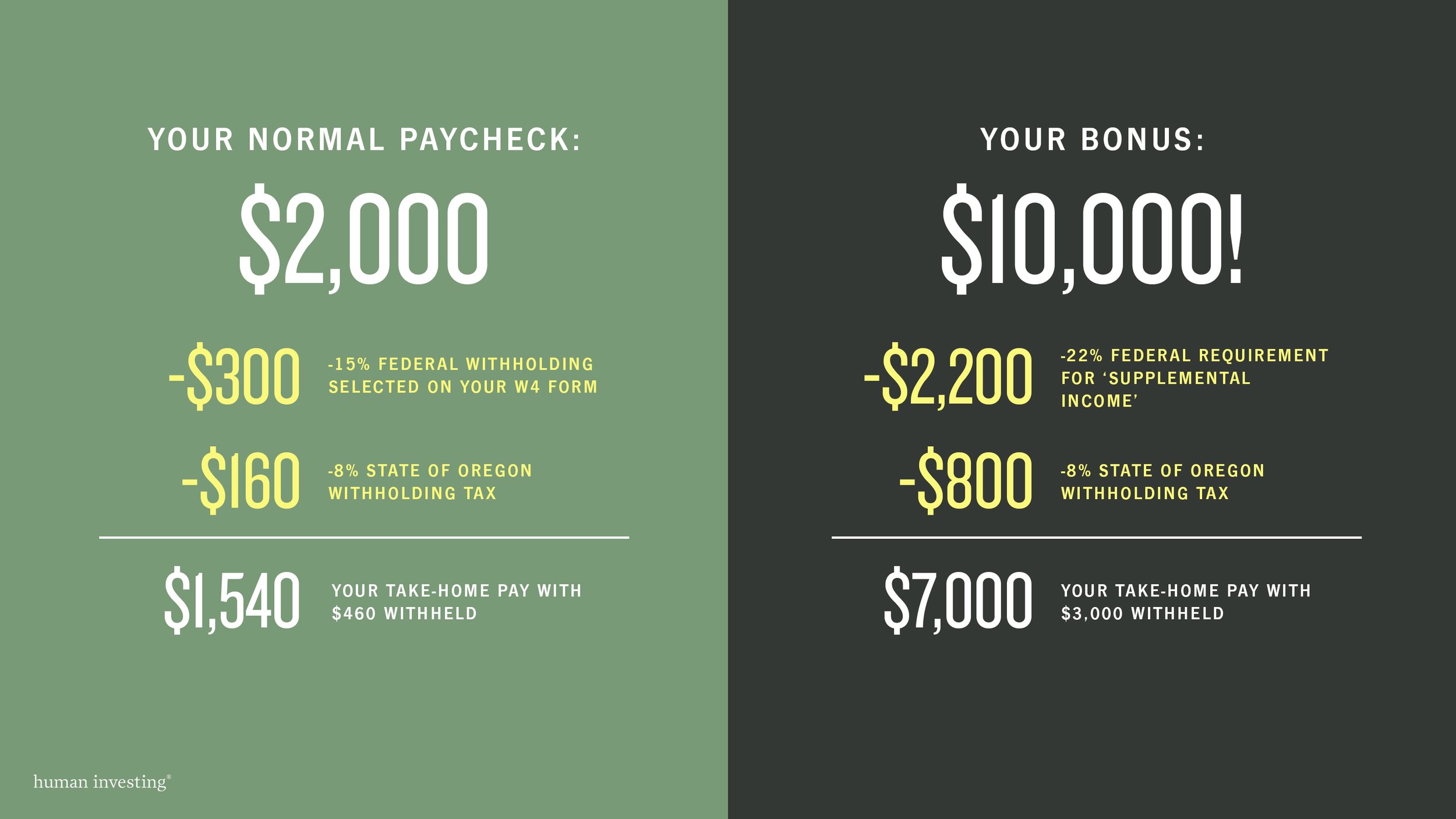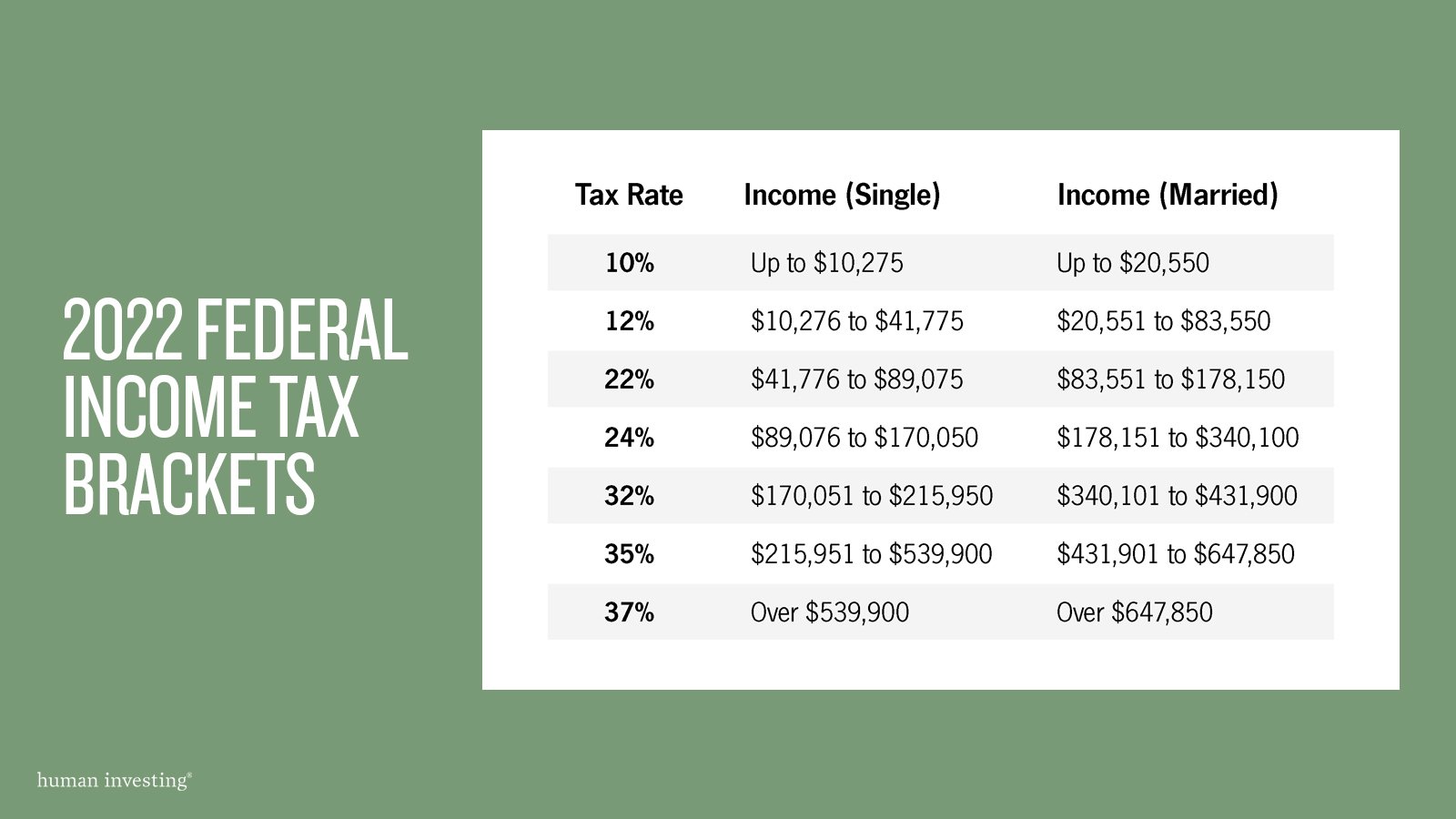Credit unions are member-owned and member-governed financial cooperatives. The first financial cooperatives were established in Europe in the mid-1800s and spread to North America at the beginning of the 20th century. In Canada, Alphonse Desjardins is recognized for launching the first credit union in Quebec. Desjardins was also instrumental in establishing the first U.S. credit union in Manchester, New Hampshire, in 1908. Twenty-six years after creating the first U.S. credit union, the U.S. Federal Credit Union Act was passed, which was instrumental in providing structure around the credit union movement.
As of the end of 2020, according to the National Credit Union Administration (NCUA), U.S. credit unions had 124.3 million members across 5,099 federally insured credit unions. Despite the total number of members with a credit union relationship, their deposits are negligible compared to their banking counterparts. For example, data released by the Federal Reserve shows JPMorgan Chase Bank holding domestic assets above $2.2 trillion as of September 2020. Conversely, as reported by NCUA, federally insured credit unions had a combined $1.85 trillion of assets.
Better Service & Better Borrowing Rates
Banks' overall prominence is surprising given that credit unions are generally regarded as providing better support for their members than banks do for their customers. In addition to having the upper hand on customer service, credit unions generally pay more on member deposits and charge less when members borrow than traditional banks. For example, quarterly data provided by the NCUA examines the national average rate of credit unions versus banks in 23 different product categories ranging from CDs to car loans. In over 90% of the categories, credit unions beat banks. Based on this simple comparison alone, it is surprising why consumers would choose a bank over a credit union.
One of the first financial accounts a consumer opens is a checking account. From there, it is common for an individual to put some of their excess in a savings account for an emergency fund or future purchase. For many Americans, a CD is a first "investment." Based on the data from NCUA, if you assume a five basis point delta between credit union deposits and banks, and you compare domestic deposits of the three largest U.S. banks against the deposits of all credit unions, a seemingly insignificant delta becomes meaningful. On average, the top three banks together keep an extra $3 billion per year that if on deposit with a credit union would go directly to a member.
A car purchase is another area where consumers interact with their financial institution. For many individuals, a car provides the necessary transportation to a first job, in addition to the ability to get out of town to explore another part of the city or state. Most individuals finance a car purchase through a bank or credit union. In this particular category, the benefits of credit unions are even more apparent, with an average rate difference of about 1.97%.
Members get stronger together
So how are credit unions able to offer such a rate advantage on both deposit and lending products? Part of the answer resides in the unique structure of credit unions. First, credit unions are owned by their members, not shareholders. Therefore, the interests of the owners (the members) are aligned with the interests of the members (the owners). Member owners do not want to charge themselves more than is necessary to cover the cost of the product and the operation of the institution. Another reason credit unions can offer products and services that are more beneficial than banks is they are tax-exempt entities. That's right, under IRS rules, federal credit unions are tax-exempt under section 501(c)(1), and state credit unions are exempt under section 501(c)(14)(A). This allows credit unions a lower cost structure than most banks and allows credit unions to recycle profits to lower rates on loans and higher rates on deposits.
Despite the large number of Americans with a credit union relationship, banks dominate the wallet of U.S. households. This is surprising given credit unions' upper hand in offering members better rates for deposits and loans. One of the many reasons credit unions can offer better rates on consumer deposits and lower fees when borrowing is that 1) members are also owners, and 2) credit unions are tax-exempt organizations. The choice between a bank or credit union is a significant one given the potential economic loss associated with one, versus the financial gain related to the other.
This article was originally published on Forbes on June 10, 2021.














































